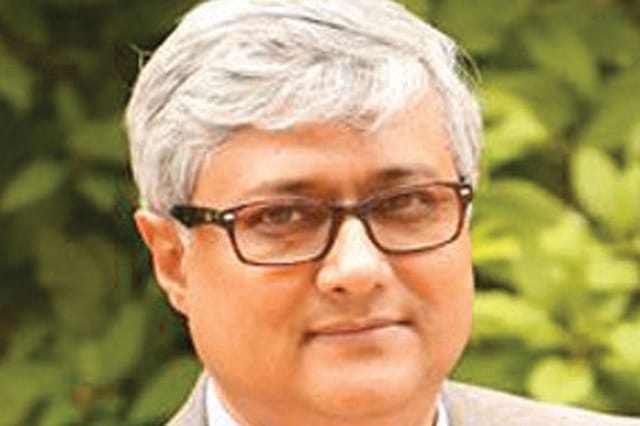Higher Education System in India: Issues, Challenges and Roles

Higher education system connotes academic institutional bodies that include university, colleges and vocational schools. These bodies prepare professionals for all sectors of the economy. In a vibrant system, institutions of higher learnings are enablers of research, innovation, and entrepreneurship, addressing problems facing society, nations, and preparing individuals for lives and careers. Thus they play a very important role in shaping our future.
Challenges facing higher education
Though higher education in India has come a long way since independence, it is on a difficult stride and indeed in crisis. Arguably, the greatest challenges facing higher education in India is the chronic shortage of faculty. Facts corroborate that an estimation of thirty to forty percent of faculty positions are unfilled. Most faculty lack quality in teaching, research and training. Other issues which compound the problems include:
• Outdated, rigid curricula and the absence of employer engagement in the course content and skills development. Very few opportunities for interdisciplinary learning.
• Pedagogy and assessment are focused on input and rote learning; students have little opportunities to develop a wider range of transversal skills, including critical thinking, analytical reasoning, problem-solving and collaborative working.
• High student-teacher ratio, due to the lack of teaching staff and pressure to enroll more students.
• Divide between research and teaching; lack of early-stage research experience.
• An ineffective quality assurance system and a complete lack of accountability by institutions to the state and central government, students and other stakeholders.
• Our narrowly specialised institution of excellence such as IITs IIMs and AIIMs, and IISc serve less than 0.5 percent of the total students enrolled in colleges and universities -out of 35 candidates appearing for CAT, only close to one candidate is admitted in IIMs. Out of 65 candidates, one is selected for IIT course.
• None of the universities and institutions from India are in the list of top hundred universities in the world. This resulted in graduates with low employability, a common feature of higher education in India.
• Growth disparity and access to opportunity: socially, India remains highly divided access to higher education is uneven with multidimensional inequalities in enrolment across population groups- geographies.
• Lack of research capacity and innovation: Indian universities lack when it comes to high-quality research and innovation outputs. India will be the world’s third largest economy with a corresponding rapid growth in the size of its middle classes. Currently, over 50 percent of the Indian population is under 25 years old; by 2020 India will outnumber China as the country with the largest tertiary age population
The role of university in shaping the students’ future depends on transparent, progressive and socially responsible educational (SRE) system. In order to achieve this, we need good governance in the higher education system which would encourage optimisation of resources and infrastructure. Initiatives also need to be taken to take care of the human sides of enterprise in terms of good salary, parity and other world-class benefits. Steps should be taken to have world-class multidisciplinary institutions of research. Like IIMs and AIIMS and many other narrowly specialised institutions in India, IITs are an ineffective model of today’s and tomorrow’s model in India. IITs focus only on science and engineering. And students are less than 0.25 percent of the total student enrolment. We need to stop establishing new IITs and transform the existing IITs to become world-class multidisciplinary research universities rather than narrowly specialised ones.
(A marketing initiative by Open Avenues)